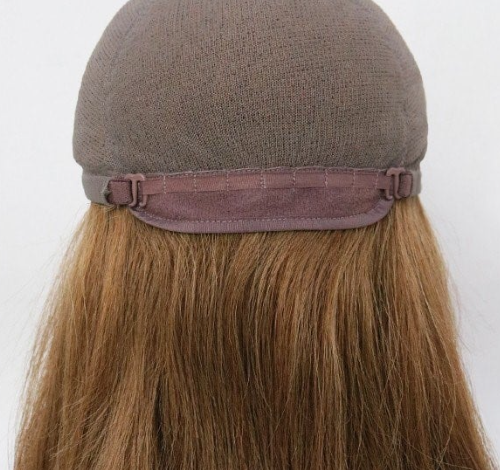Beanie or Winter Hat? Choosing the Right Cold-Weather Headwear

As the temperatures start to drop, having the right headwear is key to staying warm without sacrificing style. Whether you’re heading to the mountains or just braving a windy walk downtown, knowing whether to reach for a beanie or a winter hat can make a big difference in both comfort and appearance.
Though they may seem interchangeable at first glance, beanies and winter hats serve different functions and offer unique benefits. Understanding the distinctions between them can help you make the best choice for your needs and environment.
What Sets Beanies Apart?
Beanies are a staple in casual winter wardrobes for good reason. Made from flexible fabrics like wool, cotton, or acrylic, they hug the head closely and offer a sleek, minimalist look. Their snug fit makes them perfect for layering under hoods or helmets, which is why they’re popular among skiers, snowboarders, and commuters alike.
What really makes beanies a go-to is their versatility. You can toss one in your bag without taking up space, and they pair easily with everything from jeans and puffer jackets to tailored wool coats. Whether you’re dressing up or keeping it low-key, a beanie effortlessly complements most outfits.
When a Winter Hat Is the Better Option
While beanies excel in simplicity and flexibility, winter hats are designed for harsher conditions. These hats often feature added coverage like ear flaps, insulation, or even integrated face shields. Trapper styles, faux-fur trims, and fleece linings provide not just warmth but significant protection against biting wind and snow.
For those who spend long hours outdoors—whether hiking, walking the dog, or navigating freezing commutes—winter hats offer a level of coverage that basic beanies might not.
Fabric Considerations for Warmth and Comfort
Material plays a crucial role in how well your headgear performs. Beanies are usually made from:
- Wool: Naturally insulating and moisture-wicking, ideal for keeping warm while staying breathable.
- Acrylic: Durable and lightweight, often more budget-friendly than wool.
- Cotton: Soft and breathable, but less suited to extreme cold unless layered.
On the other hand, winter hats incorporate more protective fabrics such as:
- Fleece: Soft, warm, and perfect for cold but dry weather.
- Water-resistant materials: Great for snowy or rainy days.
- Faux fur: Adds both insulation and a stylish flair.
The added structure of winter hats also allows for accessories like chin straps or drawstrings, giving you a more secure fit in windy conditions.
Style and Practicality: Which Suits You Best?
The right choice depends on your priorities. For all-day wear, beanies offer comfort without bulk. They’re ideal for city outings, light activities, and travel. You can switch up the style depending on your outfit—go slouchy for a laid-back look, or opt for a fitted rib-knit beanie for a cleaner finish.
Winter hats, though less subtle, provide superior warmth. They’re best suited for very cold climates or for those who value function over minimalist style. While they may not be as sleek, they make up for it in utility—especially when equipped with ear coverage or thermal linings.
Finding the Balance Between Fashion and Function
Beanies shine in transitional seasons and milder winter climates. They’re easy to adapt and layer, making them a favorite for day-to-night wear. On the other hand, if you’re braving snowstorms or sub-zero temperatures, a heavy-duty winter hat offers the kind of protection that minimalist headwear just can’t match.
The decision really comes down to where you’re going, what you’re wearing, and how cold it is outside. For many, having both options on hand is the best way to stay prepared for whatever winter has in store.





